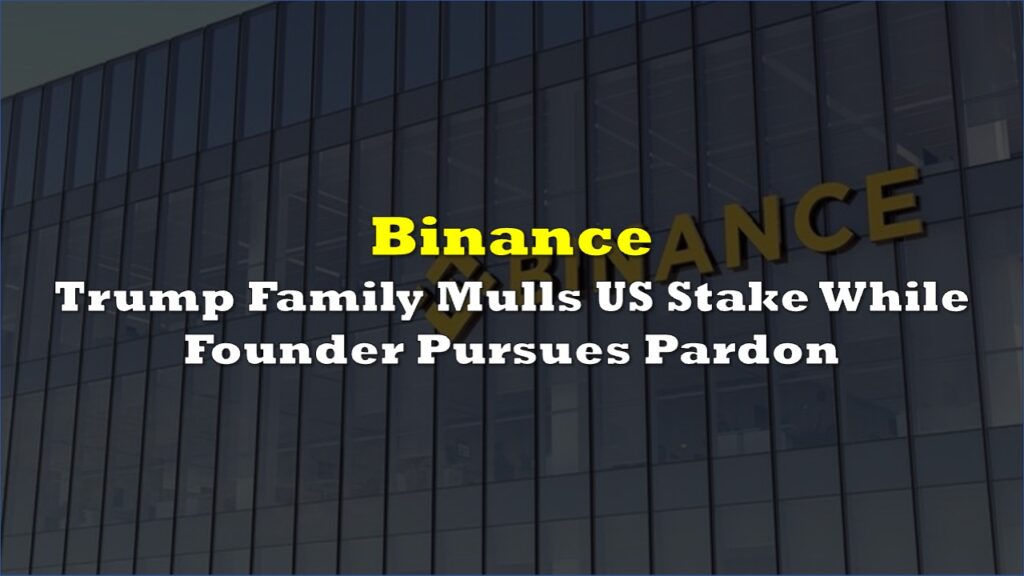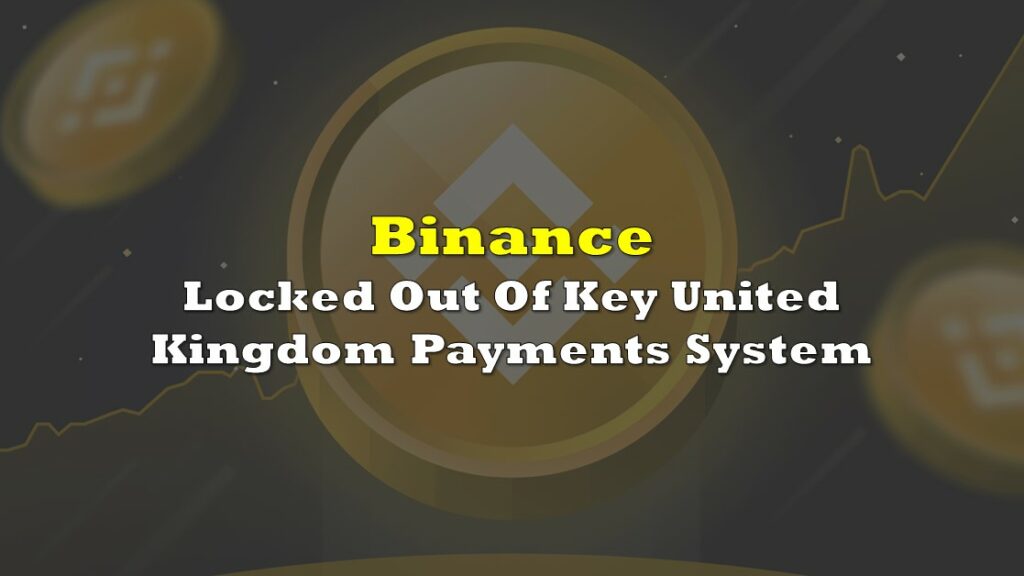UPDATE: According to Binance, the New York Department of Financial Services has ordered Paxos Trust, which creates and lists Binance’s dollar-pegged cryptocurrency, to halt producing new BUSD tokens. The big crypto exchange said that Paxos will continue to supervise product redemptions.
Continuing its crackdown on the crypto industry, the Securities and Exchange Commission has informed cryptocurrency startup Paxos Trust that it intends to prosecute it for violating investor protection rules, mainly stemming from the act of issuing the stablecoin Binance USD (BUSD).
According to persons familiar with the situation, the SEC’s enforcement staff sent Paxos a letter known as a Wells notice, which the agency uses to notify corporations and individuals of potential enforcement action.
JUST IN: 🇺🇸 SEC to sue $BUSD stablecoin issuer Paxos.
— Watcher.Guru (@WatcherGuru) February 12, 2023
According to the warning, stablecoin BUSD, a digital asset issued and listed by Paxos, classifies as unregistered securities.
BUSD is a Binance-branded stablecoin that is pegged to the US dollar one-to-one. Binance and Paxos announced a collaboration to deploy it in 2019. BUSD is also listed on itBit, a digital asset exchange owned by Paxos.
A Paxos spokesperson said the firm is not commenting on any specific situation. Binance stated that BUSD is issued and owned by Paxos, and it just licenses its brand. “We will continue to monitor the situation,” it said in a statement.
Firms who get Wells notices may react in writing to the SEC, explaining why a lawsuit should not be filed. Wells notices are not conclusive evidence that the SEC will take enforcement action. Any enforcement settlement or litigation must be approved by the agency’s five commissioners.
I'm not sure how Paxos will respond to this. But the bigger question is what the implications are for Binance's depositors. Currently, Binance autoconverts most USD deposits into BUSD. If Paxos is forced to pull BUSD, what happens to these deposits?
— Frances 'Cassandra' Coppola (@Frances_Coppola) February 13, 2023
Stablecoin issuers make money by investing user deposits in cash and cash-equivalent assets such as short-term US Treasury bills. According to data provider CoinGecko, BUSD has grown to become the world’s third-largest stablecoin, with a market valuation of more than $16 billion as of Sunday. Paxos also has its own stablecoin, Pax Dollar, with a market worth of roughly $897 million, according to CoinGecko data.
According to SEC Chairman Gary Gensler, stablecoins can mimic bank deposits or money-market mutual funds. In November 2021, a team of regulators led by the Treasury Department recommended that stablecoins have their own regulatory framework and that their supply be limited to banks. Congress has not passed such legislation, which would give regulators additional leeway in policing the market.
The Howey Test
The Howey Test is a four-pronged test developed by the US Supreme Court to determine whether an investment contract constitutes a security and is therefore subject to federal securities regulation. The test is named after the 1946 case SEC v. W.J. Howey Co., where the court established the criteria for determining whether an investment is a security.
The four prongs of the Howey Test are:
- An investment of money: The first prong of the Howey Test requires that an investment of money must be made.
- In a common enterprise: The second prong requires that the investment must be made in a common enterprise, meaning that the investors pool their resources in a joint effort to make a profit.
- With an expectation of profits: The third prong requires that the investors must have an expectation of profits derived from the efforts of others. This means that the investors are relying on the efforts of a third party, such as a promoter or manager, to generate the profits.
- Derived solely from the efforts of others: The fourth and final prong requires that the profits must be derived solely from the efforts of others, meaning that the investors do not have any active role in the management or control of the enterprise.
If an investment satisfies all four prongs of the Howey Test, it is considered a security and subject to federal securities regulation. If an investment does not meet all four prongs, it may still be considered a security under other definitions, but it is not considered a security under the Howey Test.
The SEC regularly uses the judicial test to determine if an asset is a security and therefore under the purview of the regulatory body and its rules.
The argument for stable coin however is that since it is pegged to the US dollar, there’s no expectation of profits.
The SEC has labelled BUSD as an “unregistered security”, and is suing its issuer, Paxos.
— Miles Deutscher (@milesdeutscher) February 13, 2023
But how on earth is a STABLECOIN considered a security, when it clearly doesn’t meet the Howey Test criteria.
No one has ever had “the expectation of profit” when buying $BUSD. pic.twitter.com/QXOlDUyvc3
However, unlike fiat instruments of securities, stablecoins failing to adhere to its dollar peg can cause the investor to lose the investment without recourse for recovery. The most recent prominent incident of this happening was Terra USD.
READ: Terra Co-Founder Do Kwon Gets Arrest Warrant For Stablecoin’s Fall
Terra USD, a stable coin by Terraform Labs, fell below its dollar peg and its LUNA coin crashed in value–overall losing around US$40 billion in the total Terra ecosystem. The collapse caused a wave of devaluation among leading crypto platforms like Voyager Digital, Celsius, and Three Arrows Capital.
Binance is also being sued by an American investor following the stablecoin’s downfall in May 2022.
“Binance and other exchanges were critical enablers of this devastating failure to comply with the securities laws,” said the law firm representing Utah resident Jeffrey Lockhart. “Crypto exchanges made massive profits by flouting securities laws and causing real harm to real people.”
Binance USD has evolved to become the third-largest stablecoin in terms of market capitalization. With Paxos no longer releasing the token, the market cap is expected to fall from around $16 billion on Monday. Early Monday morning, the stablecoin was trading near its $1 value.
maybe a good time to remember that this recent huge pump in the price of $BTC was driven almost entirely by someone buying bitcoins on #Binance exchange with $BUSD, thus transferring a bunch of $BUSD from the hands of whales and into hands of retail.https://t.co/Xech3Ji2jm
— ⚯ M Cryptadamus ⚯ | @cryptadamist@universeodon.com (@Cryptadamist) February 13, 2023
Information for this briefing was found via The Wall Street Journal and the sources mentioned. The author has no securities or affiliations related to this organization. Not a recommendation to buy or sell. Always do additional research and consult a professional before purchasing a security. The author holds no licenses.









